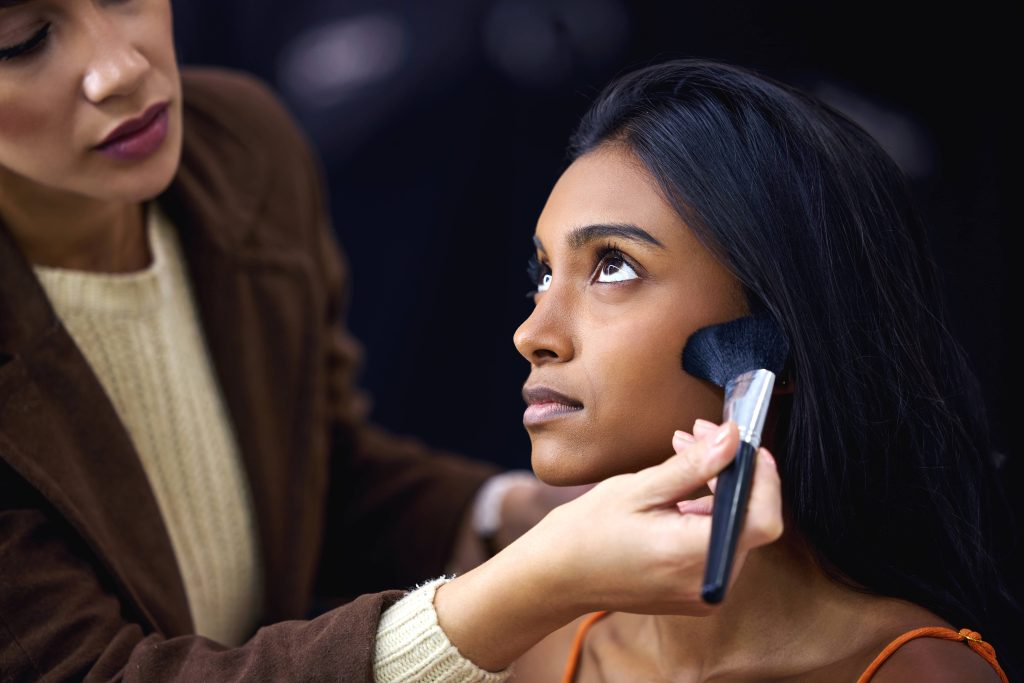
In the ever-evolving realm of beauty, social media has transformed how consumers discover, evaluate, and decide on products. Today, platforms like Instagram, TikTok, YouTube, and Snapchat are bustling marketplaces where beauty trends are born and bred within the blink of an eye. The core of this digital revolution is the rise of social media personalities, often known as influencers, who wield significant power in shaping beauty buying decisions. Their words, gestures, and video tutorials have become gospel for millions of followers around the globe.
The Rise of Influencers
Traditionally, beauty advice came from magazines, television commercials, or beauty counters. However, the social media age democratized this landscape, allowing individuals to share their personal narratives and create content that resonates with a diverse audience. Social media personalities gained followers by illustrating authentic stories, providing honest reviews, and showcasing their creativity in makeup and skincare routines.
Influencers like Huda Kattan, James Charles, and Jackie Aina, to name a few, have successfully built empires by sharing their expertise and passion for beauty. Fans trust these individuals due to their perceived genuineness, relatability, and accessibility, unlike distant celebrities or glossy advertisements. Such trust translates into influential power, enabling these personalities to shape and direct beauty buying choices for millions.
The Trust Factor
The key aspect that sets social media influencers apart is the trust they build with their audience. Consumers today seek authenticity and relatability, shunning traditional marketing in favor of real-life testimonials from people they admire. This makes social media personalities incredibly influential when it comes to creating demand for beauty products.
These influencers often provide their followers with insights and behind-the-scenes looks into their personal lives and routines, making them more relatable and trustworthy. A recommendation from an influencer comes across as a friendly suggestion rather than a sales pitch, prompting followers to try out products for themselves.
Engagement and Community Building
Social media has facilitated a two-way communication channel that traditional media lacks. Influencers interact with their followers through comments, direct messages, and live sessions, fostering a sense of community and belonging. This engagement builds a relationship that drives followers to value and trust the influencer’s opinion, effectively bridging the gap between brands and consumers.
This community aspect is particularly appealing to younger generations who crave connection and a sense of participation. Social media personalities create a shared experience, often involving followers in product trials, encouraging them to share their own experiences, and sparking discussions on trending beauty topics. This participatory culture significantly impacts buying behavior, as followers tend to conform to what is popular or recommended within their community.
Impact of Visual and Video Content
Visual content is a powerful tool in the beauty industry, a fact that influencers expertly capitalize on. Platforms like Instagram and TikTok, which are inherently visual, allow influencers to demonstrate products in real-time, offering tutorials, before-and-after photos, and creative applications that captivate audiences. This visual, interactive content is far more engaging than static traditional advertising.
Short-form videos, in particular, have revolutionized how beauty products are marketed. TikTok, for instance, excels in showcasing quick transformations and results, making it an ideal platform for beauty personalities to influence purchases. The platform’s algorithm further amplifies this by quickly pushing viral content to massive audiences, compounding the influencer’s reach and impact.
Brand Collaborations and Sponsored Content
Recognizing the power of influencers, beauty brands increasingly collaborate with them for marketing strategies. These collaborations often yield exclusive product lines, limited editions, and special promotional campaigns, further driving consumer interest and sales. When a trusted influencer with millions of followers endorses a product, the effect can be monumental, leading to sellouts and extensive waiting lists.
However, this practice also raises questions about authenticity, as followers become discerning about distinguishing between paid promotions and genuine recommendations. Influencers who maintain transparency about collaborations tend to retain trust, often using disclaimers or personal anecdotes to retain credibility.
Niche Targeting and Diversity
Another significant advantage of social media influencers is their ability to target niche audiences. Whether it’s cruelty-free skincare, vegan beauty products, Korean beauty trends, or beauty tips for specific skin types, there’s an influencer for every niche. This capability allows brands to effectively reach segmented audiences that traditional marketing might miss.
Moreover, influencers have been instrumental in pushing for diversity and inclusivity within the beauty industry. They celebrate and represent a wide range of skin tones, body types, and gender identities, challenging beauty norms and advocating for products that cater to underrepresented groups. This push for inclusivity often translates into demand for more diverse product lines, affecting consumer buying decisions by highlighting inclusive beauty brands.
Conclusion
The influence of social media personalities on beauty buying decisions is a testament to the shifting paradigm in which consumers engage with brands. In an era defined by transparency and connectivity, influencers forge authentic connections with audiences that traditional marketing methods cannot replicate.
Their ability to build trust, create engaging content, and foster community makes them invaluable assets to beauty brands aiming to reach new customers. As social media continues to evolve, so too will the role of these influencers, driving trends and impacting beauty purchases in increasingly innovative ways. For beauty enthusiasts and industry insiders alike, keeping an eye on these dynamic personalities is essential to understanding and predicting future beauty trends.



